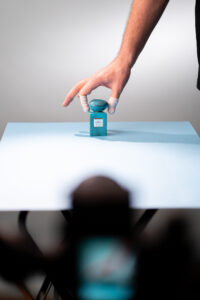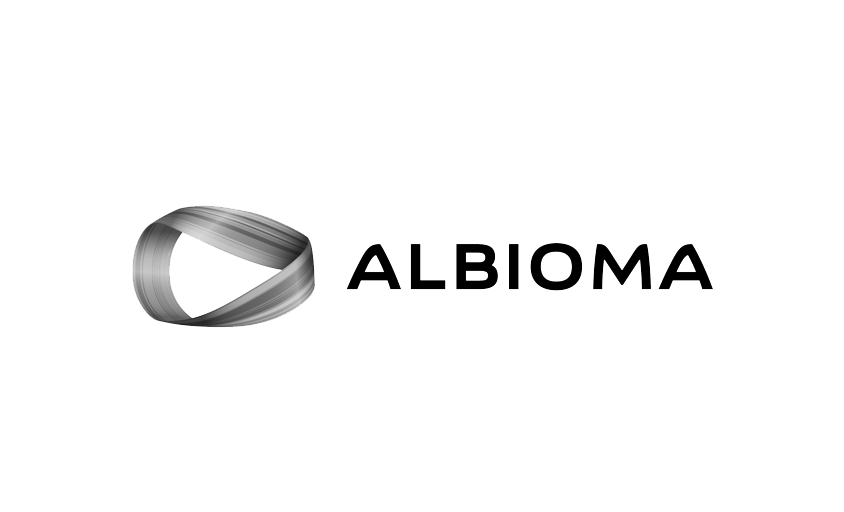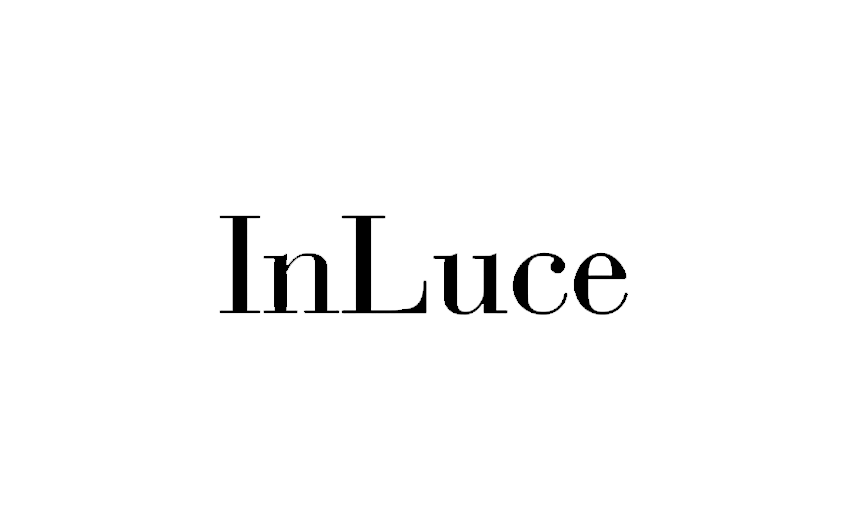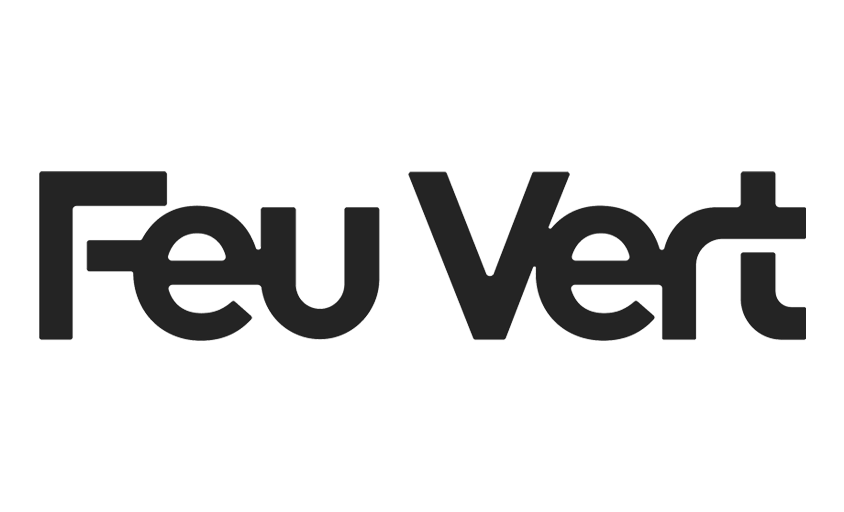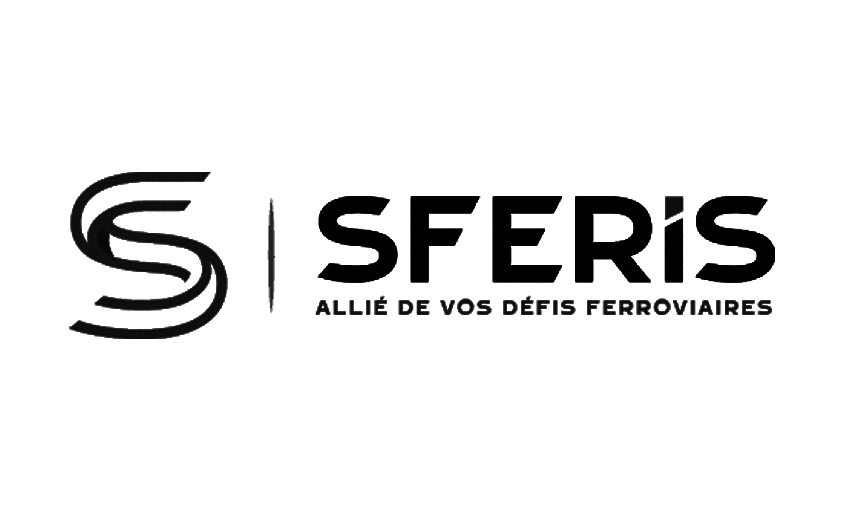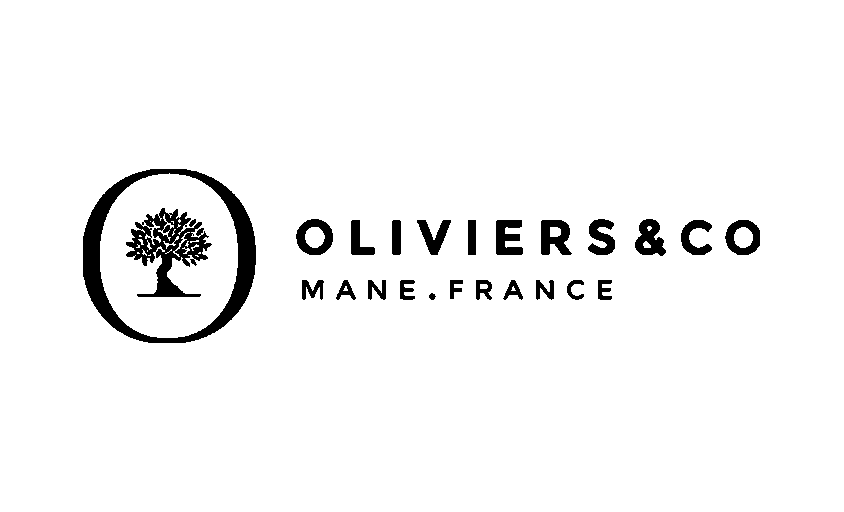E-commerce: 20 Tips for Photographing Your Products
In this article :
Successfully managing an online store requires attention to detail, and product images are at the heart of this dynamic. Attractive and informative visuals can significantly increase conversion rates, turning visitors into loyal buyers. At Rétines, we understand the crucial importance of photography in e-commerce and know how essential it is to master how to take e-commerce product photos. We are here to guide you through the best practices for capturing the perfect product image.
Tips:
1. Choose a High-Quality Camera
Invest in high-quality equipment or hire a professional for sharp and detailed images, which are essential for showcasing your products.
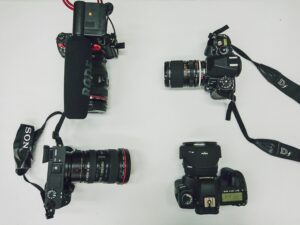
2. How Many Product Photos?
Provide multiple images of each product from different angles. More images enhance transparency and build customer trust.

3. What Size for Product Photos?
Choose a resolution that allows for deep zoom without quality loss, typically between 1000 x 1000 pixels and 2048 x 2048 pixels.
4. Highlight the Product
Use a neutral background, ideally white, to avoid distractions and focus attention on the product.
5. Show How the Product Works
Include photos of the product in use to give customers an idea of its real-world application.
6. Show the Details
Capture the unique features and high-quality finishes of your products with close-up shots.

7. Display the Product Size or Dimensions Clearly
Avoid surprises by providing a clear sense of the product’s actual size using scale references or precise measurements.
8. The Ideal Product Image Size
Strike a balance between detail and loading speed for an optimal user experience and good SEO.
9. Use Customer Reviews
Integrate positive feedback and ratings into your images to enhance the credibility of your offers.
10. Don’t Forget Alt Text
Alt text is the text that appears on your website if the image doesn’t load. It is what Google sees when crawling your site, improving both SEO and accessibility.
11. Refine the Background to Tell a Story
Choose backgrounds that complement your product and evoke an associated ambiance or lifestyle.
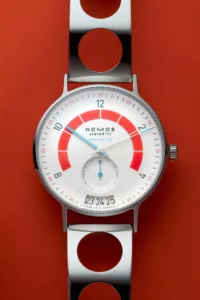
12. Use the Rule of Thirds for Composition
Create more dynamic and engaging images by placing key product elements according to the rule of thirds, where they naturally draw the viewer’s eye.
13. Experiment with Natural Light
Leverage natural light for soft and authentic-looking photos.
14. Add a Scale for Reference
Use common reference objects to instantly give an idea of the product’s size.
15. Show the Product in Various Usage Contexts
Demonstrate the product’s versatility by photographing it in different scenarios.

16. Integrate Interactive Elements in Images
Boost engagement with 360-degree images or embedded videos that allow customers to view the product from all angles.
17. Pay Attention to Colors
Ensure that your product colors are accurately reproduced to avoid returns and disappointment.
18. Use Accessories to Complement the Product
Accessories can enhance your products and suggest interesting uses or combinations.

19. Offer Cutaway Views for Technical Products
Show the interior or detailed construction of complex products to demonstrate quality and innovation.
20. Maintain Visual Consistency on Your Site
Reinforce your brand identity by ensuring a consistent style across all your product photos.
These tips, combining photographic techniques and presentation strategies, are essential for transforming the online shopping experience and maximizing conversions. At Rétines, we are ready to help you create visuals that captivate your customers and showcase your products, thanks to our expertise in photography and 3D rendering.
Jérémy Carlo is the editorial director at Rétines, where he ensures the consistency and clarity of all content produced by the studio.
Our Clients
Let’s discuss
What we do for you at Rétines
Meticulous work, an organised project and fast delivery. And to achieve this, we mobilise the right resources in our teams at the right time.
01
Pre-production
Artistic and technical direction tailored to the project.
Relevant recommendations on content, form and resources.
02
Photo Shooting
Photos taken by our experienced photographers.
Production that’s controlled, efficient and tailored to the needs of the project, with nothing superfluous.
03
Retouching
Technique
Photographs magnified by our retouching team.
Post-production to meet the commercial challenges of the brief.

